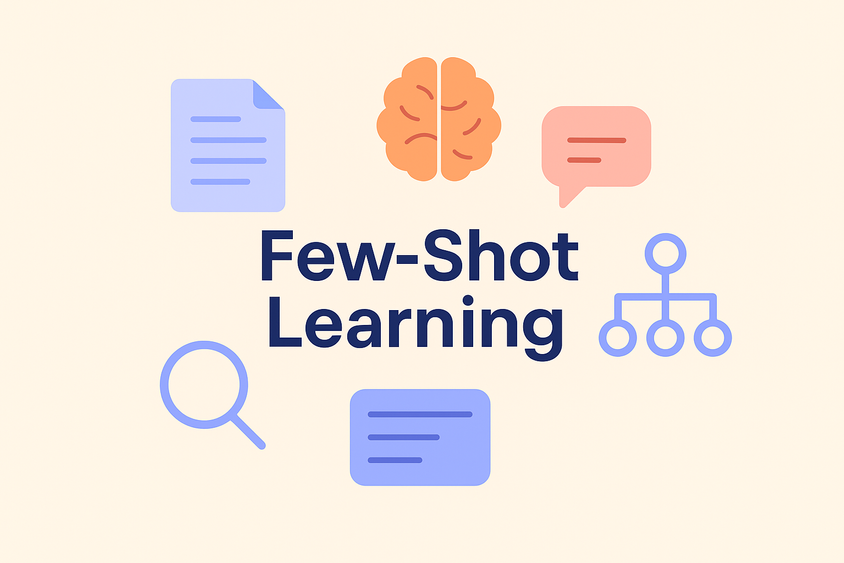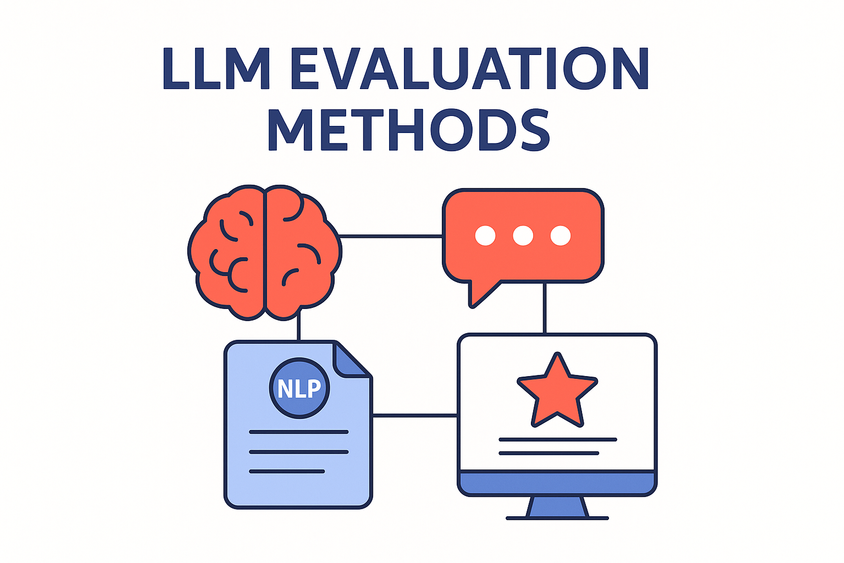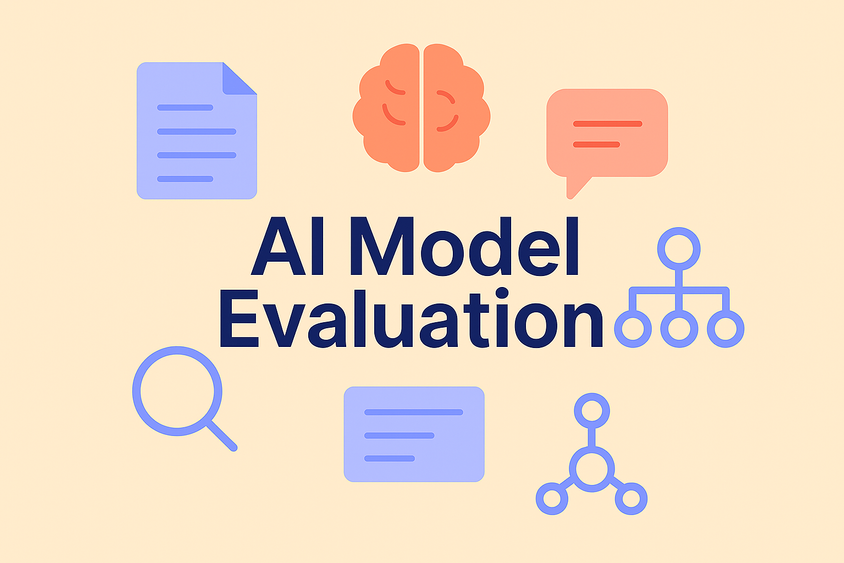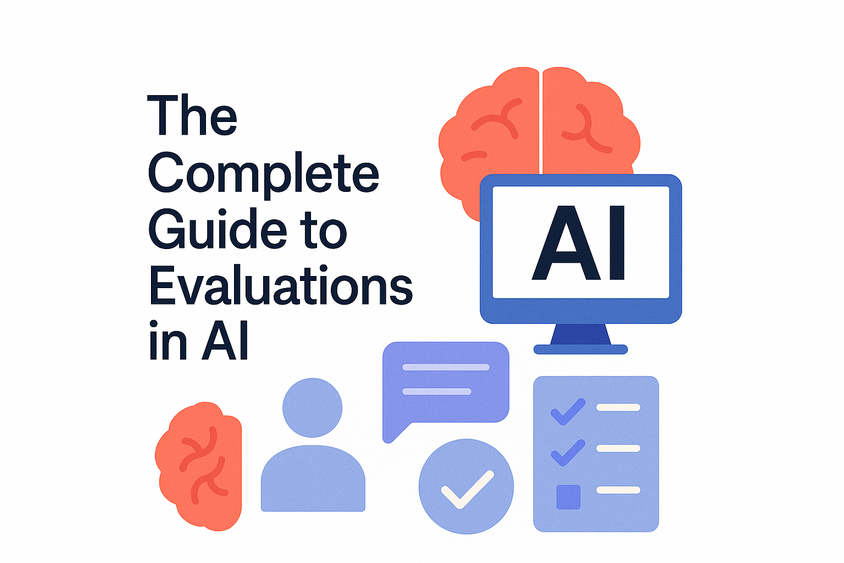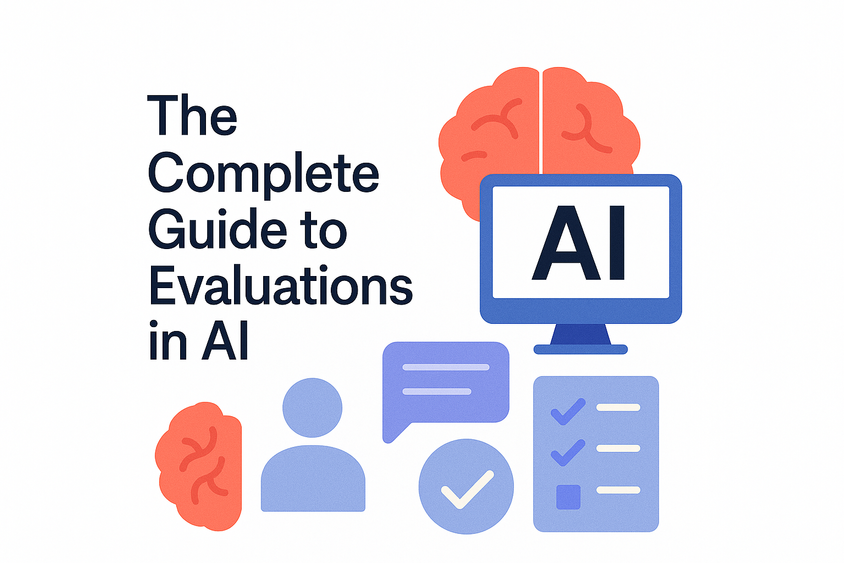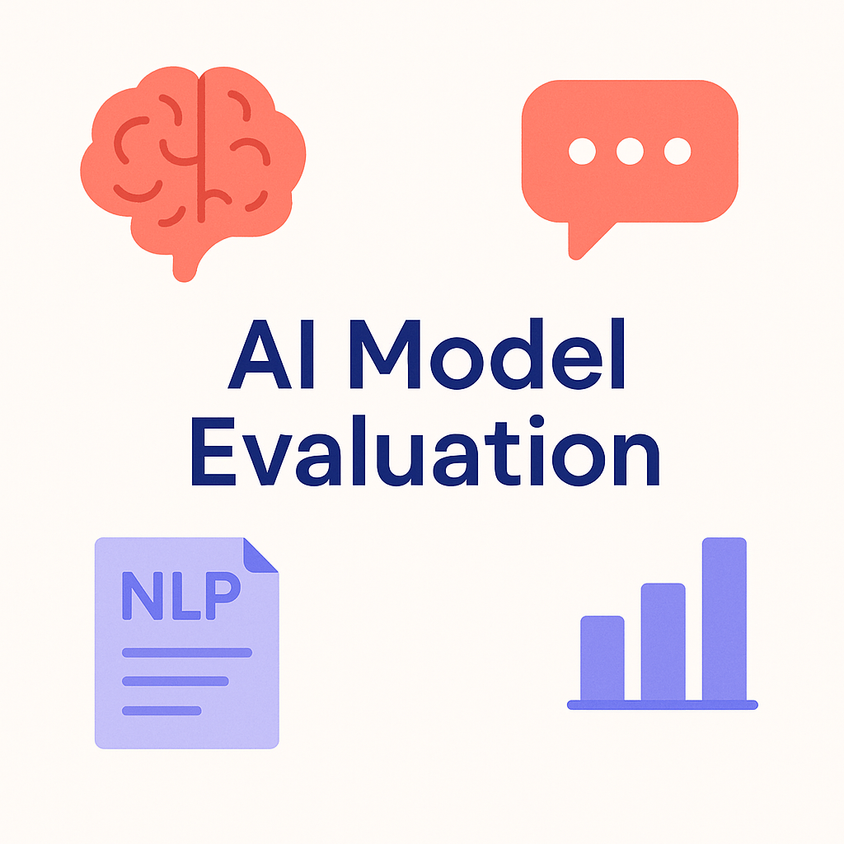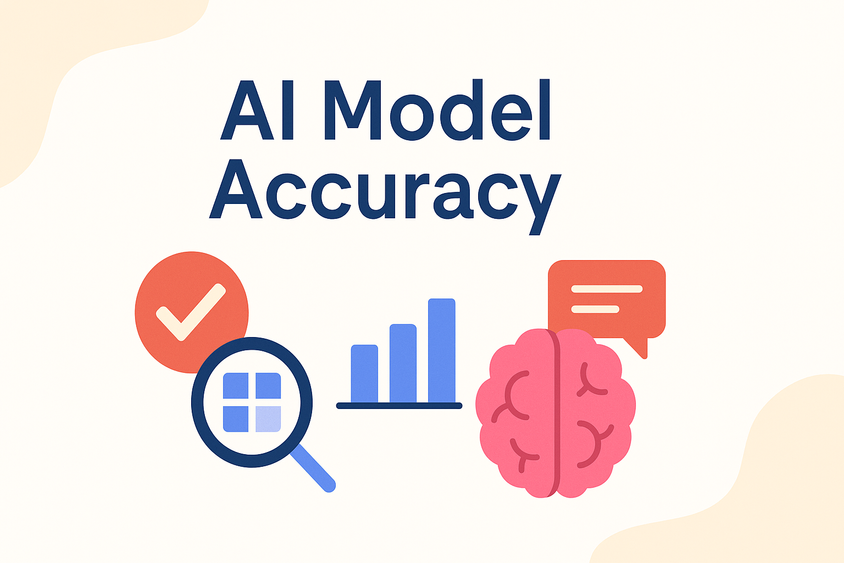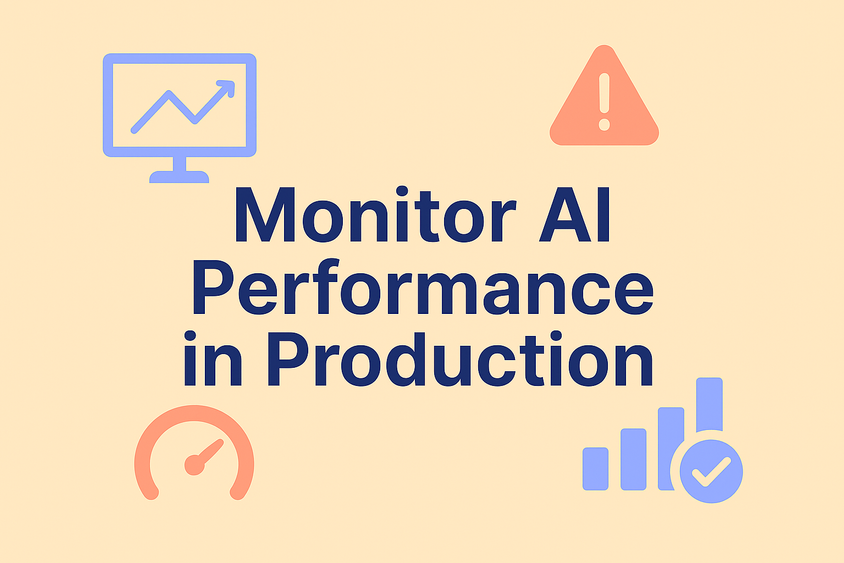AI Governance and Compliance: Why Evaluations Are the Missing Link
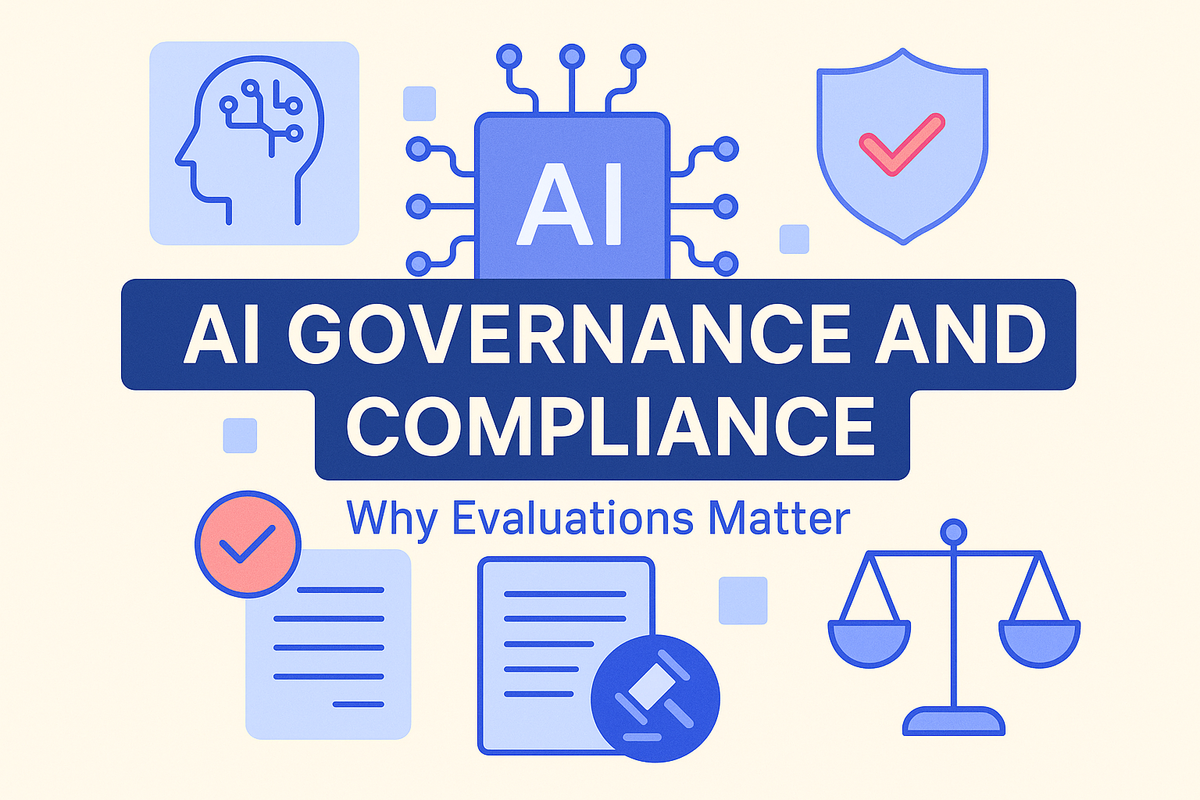
The Governance Gap in AI
As enterprises ramp up adoption of AI, the pressure to demonstrate responsible use is growing fast. Regulators are moving from guidance to enforcement. Internal ethics teams are demanding more transparency. And customers want to know they can trust what the model outputs.
But there's a gap. Most organizations have governance policies on paper—think privacy principles, fairness commitments, model documentation templates. What they don’t always have is a concrete way to evaluate whether their models actually meet those standards.
That’s where compliance-aware evaluation workflows come in.
Why Evaluation Is Core to Governance
AI governance isn’t static, it’s ongoing oversight. And oversight only works if it’s connected to real signals about how your models behave.
Evaluation is the process that generates those signals.
Whether you're monitoring for bias, checking for private data leakage, or validating adherence to domain-specific rules (like HIPAA in healthcare or GDPR in Europe), you need structured, repeatable evaluations that surface meaningful compliance risks early.
Governance without evaluation is guesswork. Evaluation without governance is disconnected engineering. You need both, integrated.
What Should You Evaluate for AI Compliance?
Compliance is context-specific, but here are common evaluation targets that support governance and regulatory needs:
- Privacy risks: Detect PII leakage, memorization, and unintended data exposure
- Fairness and bias: Check output disparities across sensitive groups
- Transparency: Evaluate whether model outputs can be explained and justified
- Consent and data provenance: Verify that training and annotation data meets consent and origin tracking standards
- Accountability: Track who modified, validated, or deployed the model (and how decisions were logged)
These aren’t typical model performance metrics—they require custom tests, human review, and traceable workflows. And increasingly, regulators are expecting to see them.
Building a Compliance-Aware Evaluation Workflow
So how do you actually operationalize this?
- Define compliance criteria alongside stakeholders Work with legal, risk, and ethics teams to translate policies into evaluable signals.
- Incorporate human-in-the-loop review Not everything can (or should) be automated. Include domain experts in validating edge cases and ethical risks.
- Use tools that support auditability Platforms like Label Studio allow teams to annotate, evaluate, and track model behavior with full traceability, who reviewed what, when, and why.
- Version everything Keep snapshots of models, data, evaluations, and labels. If you’re ever audited, this becomes your evidence trail.
- Report and iterate Feed evaluation results back into governance meetings. Update models, workflows, and policies based on findings.
Compliance Is a Workflow, Not a Checkbox
AI compliance isn’t a one-time audit. It’s a workflow that must evolve with your models, your users, and the law. Evaluations are what turn vague principles into measurable practices and what give governance teams the confidence to sign off on AI systems.
In a world where model behavior can be unpredictable and the cost of failure is high, integrating evaluation into your AI governance strategy is no longer optional. It’s infrastructure.
Learn More
Want to see how structured evaluations work in practice?Explore our Guide to Evaluations in AI or start a free trial of Label Studio Starter Cloud.
